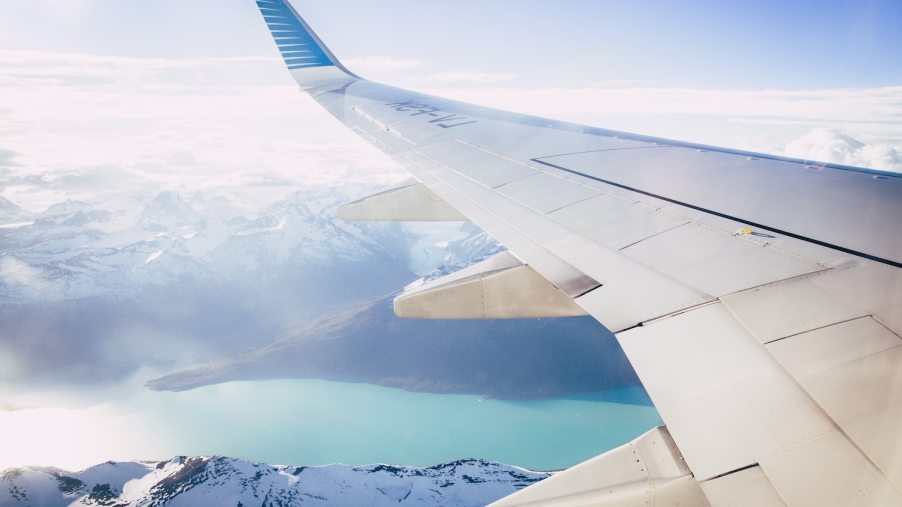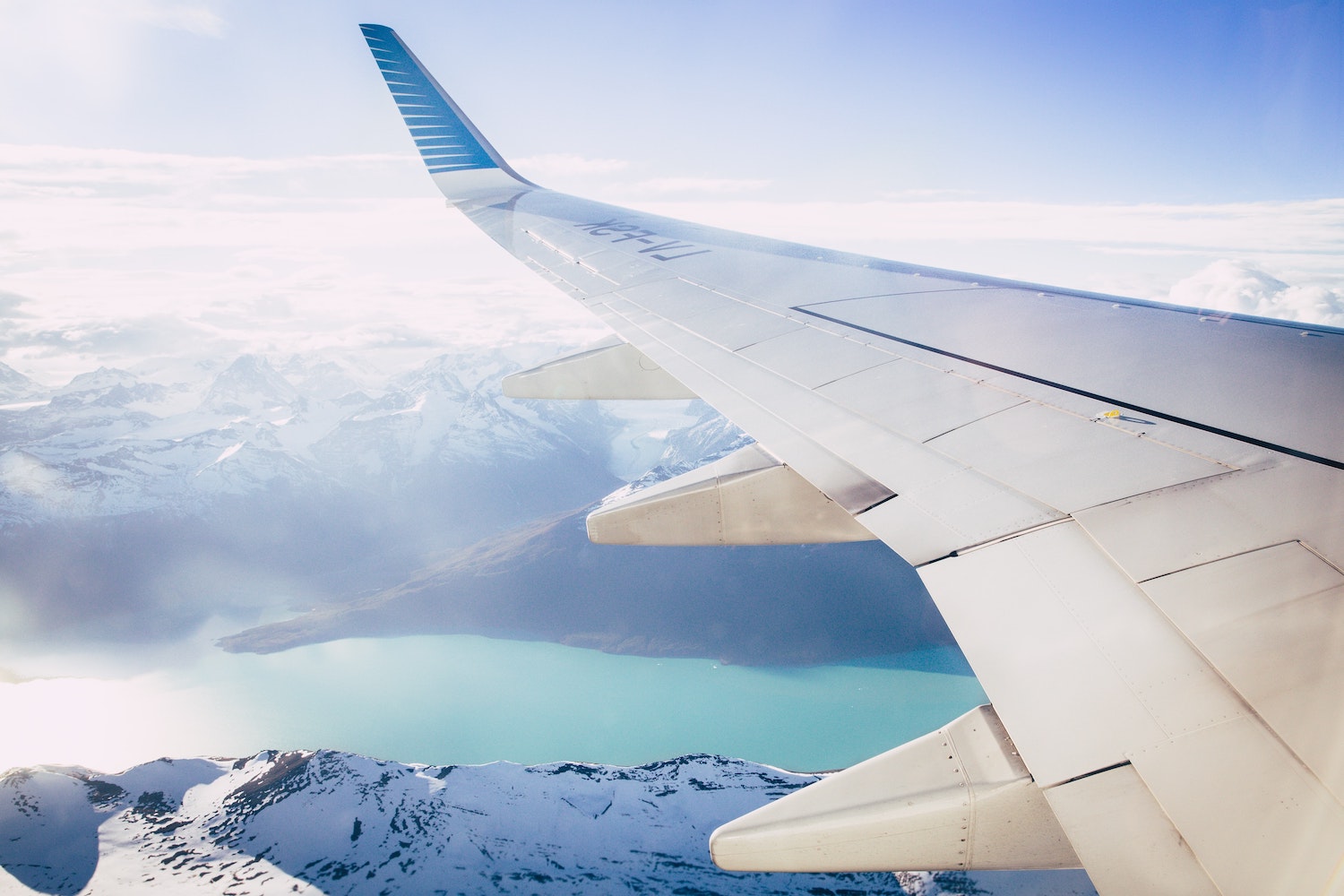
Experts: Flying Safer Than Driving During COVID Pandemic
Flying is safer than driving. A much lower percentage of airborne travelers suffer crashes than automobile travelers. During the pandemic, air travel comes with the added risk of catching COVID from fellow passengers. But a group of experts recently suggested that airplane travel is still much less deadly than automobile travel.
Historically, flying has been safer than driving

Fatal car accidents kill motorists every day. But overall, your chances of dying in a car accident are relatively low. For example, according to the Washington Post, if you take a 500-mile road trip, your chances of dying in a fatal accident are 0.006 percent. That’s 1.2 in 200,000–to be precise.
So while car accidents happen, you are relatively safe while driving or Ubering. But your chances of dying in a plane crash are even lower. The Post says the chances of meeting this fate are near zero. More people die from lightning strikes and bee stings each year than plane crashes.
Car accidents increased during the pandemic

The COVID 19 pandemic changed nearly every aspect of daily life. For example, during the pandemic, fatal car accidents increased. Open roads and relaxed work schedules led to speeding and driving under the influence. These empty roads even resulted in a new quarantine Cannonball Run record.
Because of the perceived risk of catching COVID on an airplane, pandemic air travel decreased dramatically. But three professors, specializing in economics and public policy, believe our fears are misplaced.
Experts insist that even with the COVID-19 pandemic, flying is still a safer option for travelers under 65

In the Washington Post, these experts cite a recent study on transmitting COVID aboard airplanes. The MIT study put the chances of catching COVID on a crowded plane at 0.03 percent (1 in 3,900). However, if the aircraft is only half full, the odds plummet to 0.02 percent (1 in 6,400).
The Centers for Disease Control (CDC) estimates that most people under 65 survive COVID. According to its data on confirmed COVID cases and deaths, the CDC puts the chances of dying at 0.39 percent (1 in 257)–for a person under 65. But the CDC also estimates that three out of four COVID cases go undetected, which puts the actual chances of death from COVID at around 1 in 1,200.
The Post’s experts point out that when you combine these two statistics, the chances of contracting COVID on an airplane, then dying from it–if you are under 65–are less than 1 in 4.7 million. Therefore, these experts claim that boarding a plane is much safer than taking a long road trip.
Every trip poses unique risks
The Washington Post’s experts did not calculate the risk of passing through an airport or stopping at gas stations on a road trip. Every trip poses its own unique risks. In addition, if you decide to drive but have parked your car for a while, make sure to look it over before your post-pandemic road trip.



